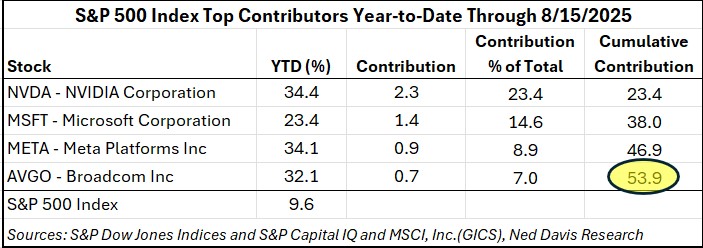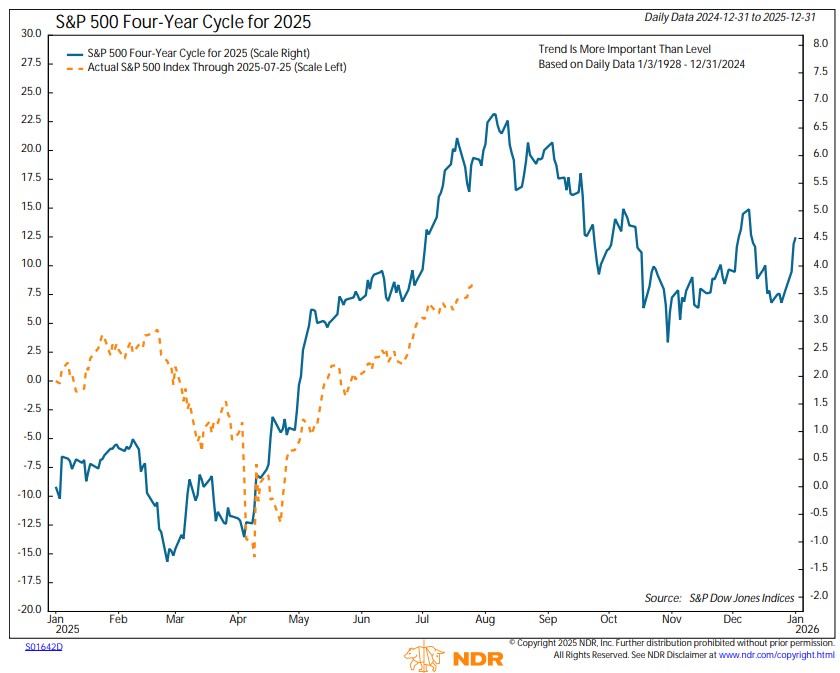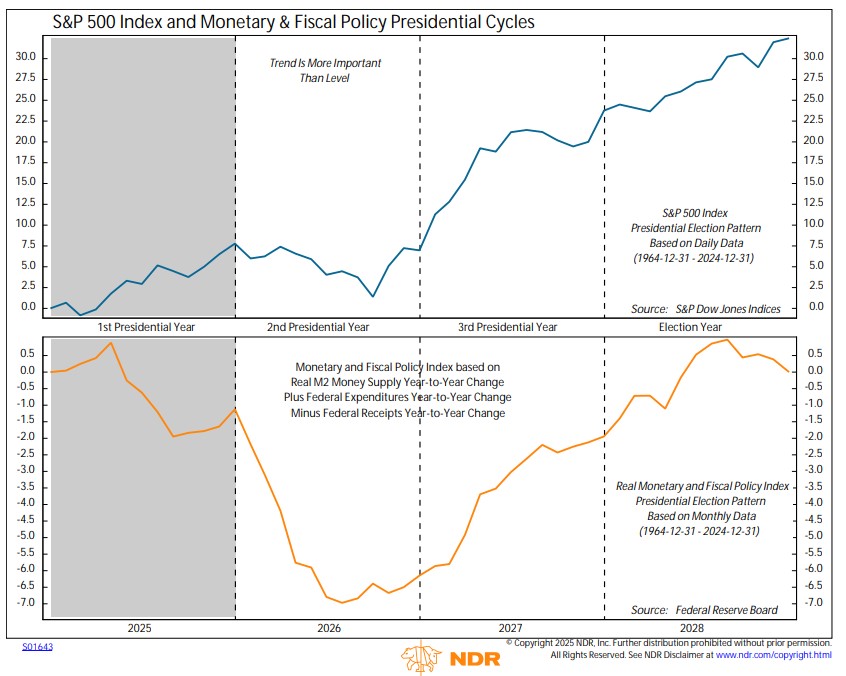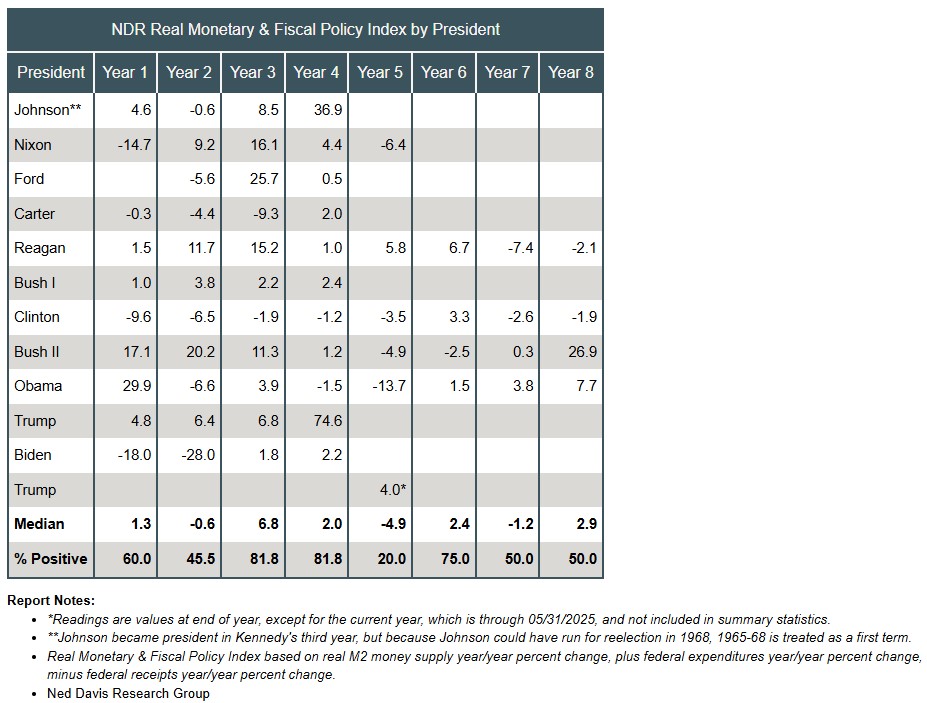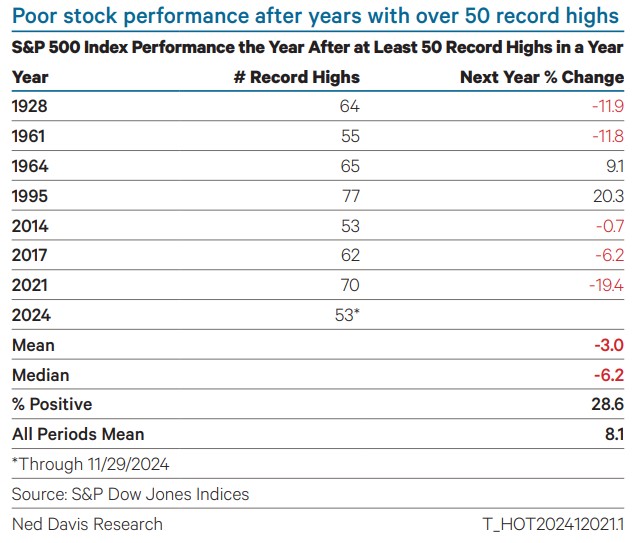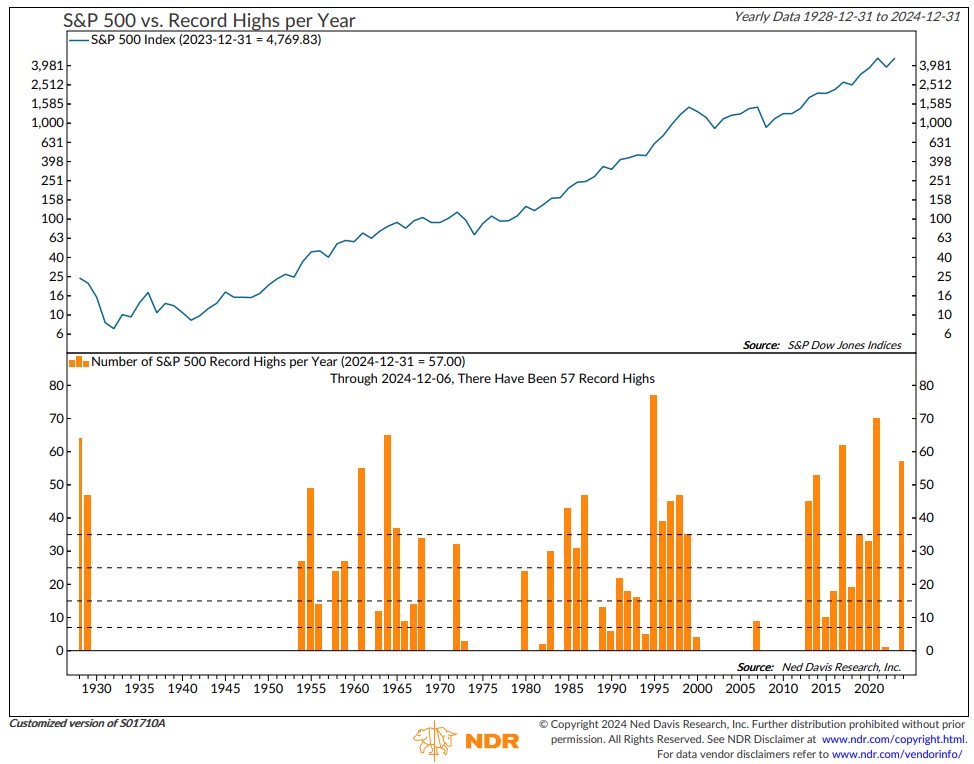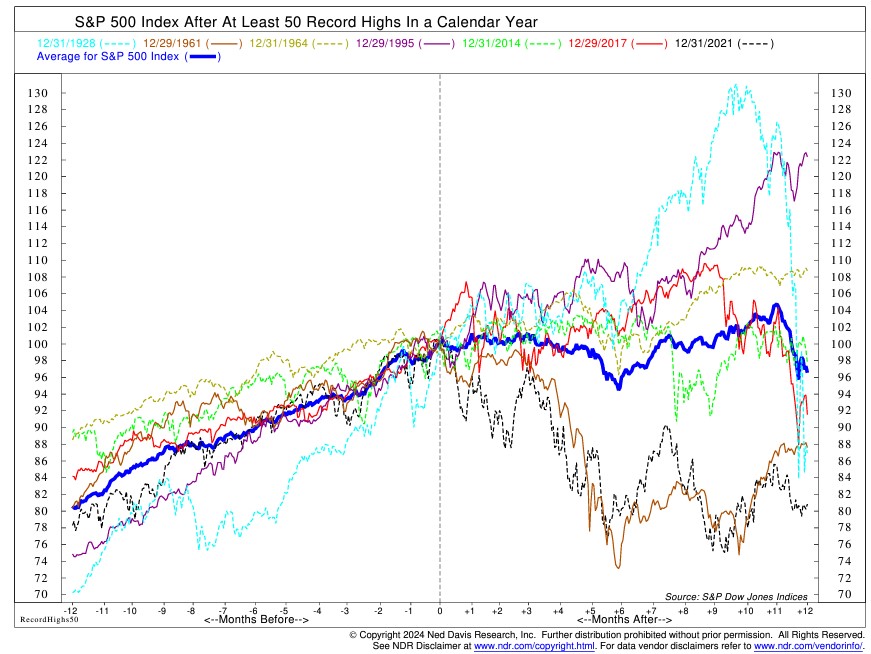Going thru charts, these 5 stood out:
1. Hearing comments like "rates are only at 1%. Wait til the Fed really tightens." But that doesn't capture what's happening now. @NDR_Research Monetary, Fiscal & Exchange Rate Policy Index is dropping at fastest rate since at least 1974. 1/5
1. Hearing comments like "rates are only at 1%. Wait til the Fed really tightens." But that doesn't capture what's happening now. @NDR_Research Monetary, Fiscal & Exchange Rate Policy Index is dropping at fastest rate since at least 1974. 1/5

2. FY22 #earnings estimates have finally started to drop as analysts accept reality that double digit EPS growth will be hard to achieve amid a slowing economy, tightening policy, rising wages, and high inflation. 2/5 

3. By quarter, EPS #estimate decline more in Q1 and Q2 than Q3 and Q4. In last 3 weeks, Q1 21 SPX #EPS estimate -$1.75 (reporting now), Q2 -$0.88, Q3 -$0.34, Q4 -$0.28. So...risk remains to the downside. 3/5 

4. Technically, the market is deeply oversold. $SPX 14-day stochastic hit lowest level since 12/24/2018. Just an observation, not a recommendation (I don't like catching falling knives.) 4/5 

5. @NDR_Research Trading Sentiment Composite in extreme pessimism zone, but it's worth noting that it has not fallen to levels seen in at Ukraine invasion in Feb, let alone March 2020. 5/5 

• • •
Missing some Tweet in this thread? You can try to
force a refresh


